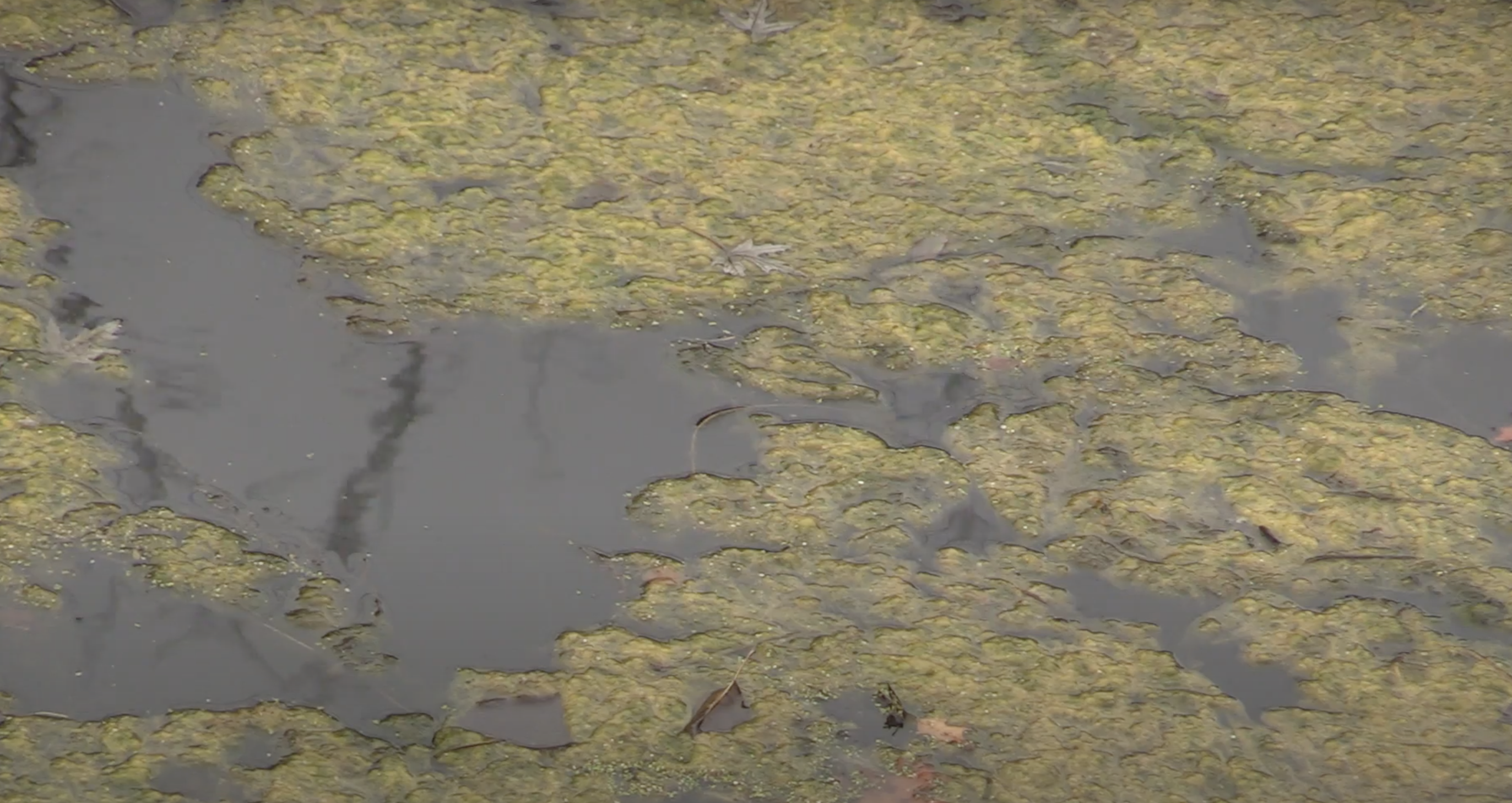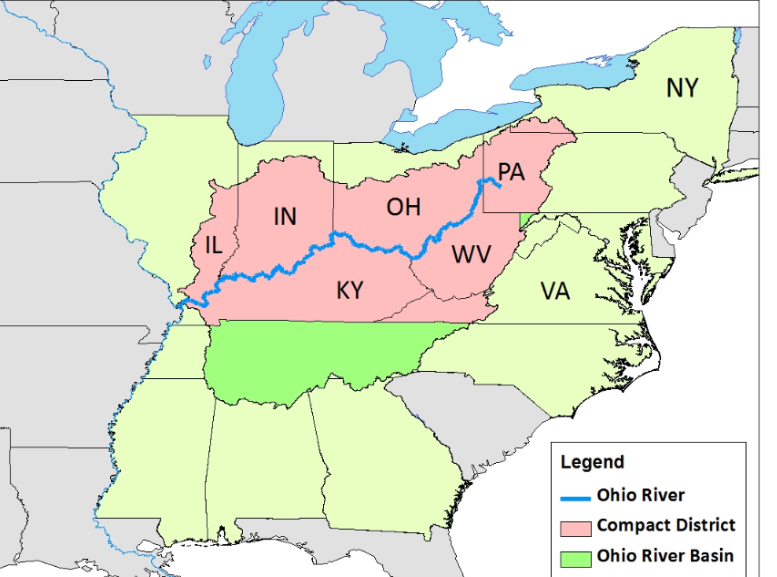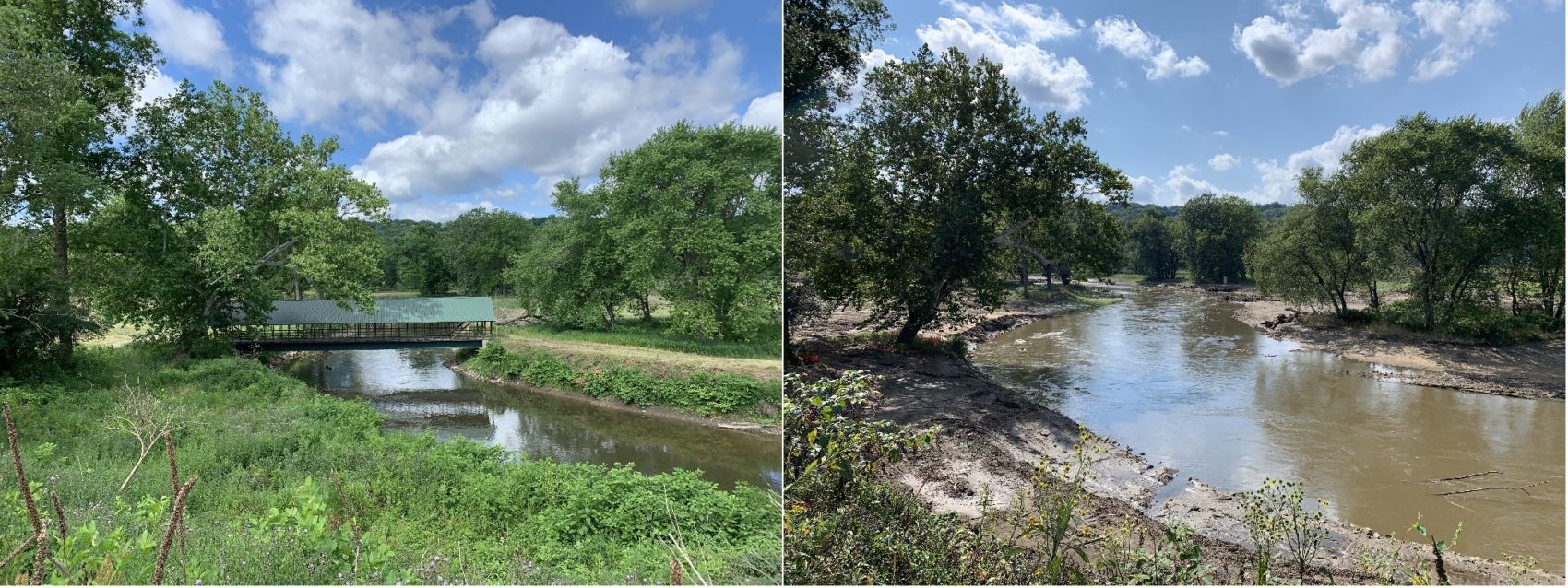Algae blooms: Not just a Lake Erie problem
Harmful algal blooms are an issue in all 50 states, in Ohio the most famous lake that has had issues is Lake Erie, but it is an issue in a lot of lakes across Ohio. There are different types of algal blooms that can occur, but not all algal blooms are considered to be harmful or toxic.
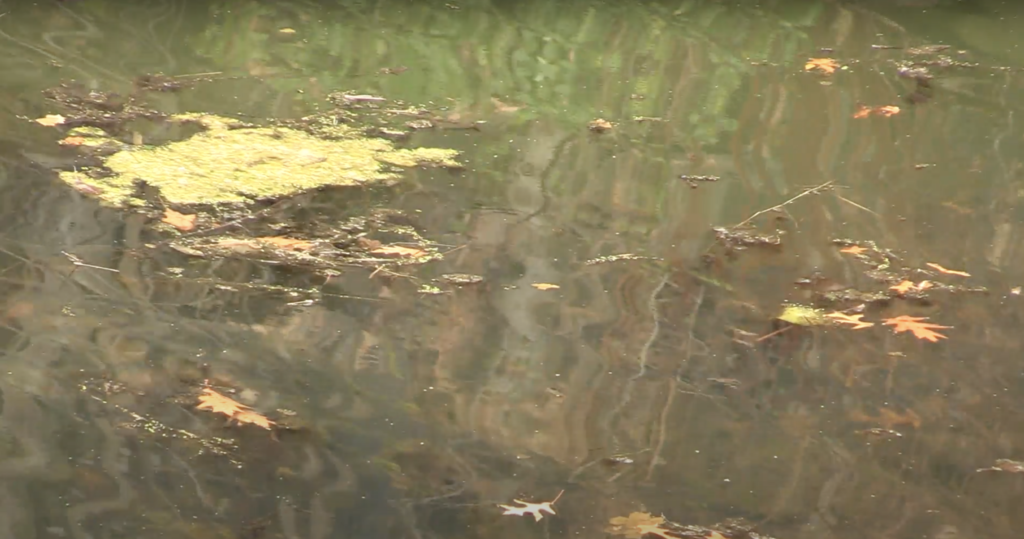
According to the EPA’s website, harmful algal blooms are overgrowths of algae in the water and some produce dangerous toxins in fresh or marine water, but even nontoxic blooms hurt the environment and local economies. Harmful algal blooms can occur in lakes, reservoirs, rivers, ponds, bays and coastal waters,
The Ohio Environmental Protection Agency was formed in 1972 and its job is to implement and enforce federal force when dealing with the environment.
The Ohio EPA Environmental Supervisor William Zawiski said, “This problem is not just unique to Lake Erie, this is a global issue now.”

“This goes across the United States this is happening in South America, this is happening in Europe. These organisms are some of the oldest things on the planet,” said Zawiski.
Harmful algal blooms can produce extremely dangerous toxins that can sicken or kill people or animals.
Kent State Biological Sciences professor Xiaozihen Mou said the nearest algal bloom to Kent is Lake Rockwell which is where Akron gets most of its drinking water.
“Lake Rockwell has an algal bloom, it is just not as severe as Lake Erie because there is a drinking water reservoir to try and keep it clean,” Mou said.
Kent State Geology professor Joseph Ortiz said that Portage County does have issues with algal blooms, but there is a lack of funding.

“There are so many places in the state that are affected by algal problems due to many different causes and are affected in many different ways,” said Ortiz.
Harmful algal blooms can also create dead zones in the water, raise treatment costs for drinking water, and hurt industries that depend on clean water.
Algal blooms start from many different things, but the main reason for them is access nutrients. These nutrients come from a lot of different things but one of the things that can be controlled is nutrient pollution from human activities.
“Whenever you fertilize your lawn or every time something runs off, it contributes stuff and this stuff in the lake adds up,” Zawiski said.
Harmful algal blooms need sunlight, slow-moving water, and nutrients to grow. HABs are not easy to spot because the toxins themselves are colorless.
The most common type of harmful algal blooms is due to blue-green algae, also known as cyanobacteria. They are microorganisms that can produce HABs.
“The whole issue when it comes to algae is not really algae. It is a cyanobacterium and is more of a response to an environmental condition than it is actually the problem, but it exists because of a host of different things, said Zawiski.
The most common type of cyanotoxins in the United States are microcystins, cylindrospermopsin, anatoxins, and saxitoxins.
There are different types of algal blooms that can occur most commonly; red, blue, or green.
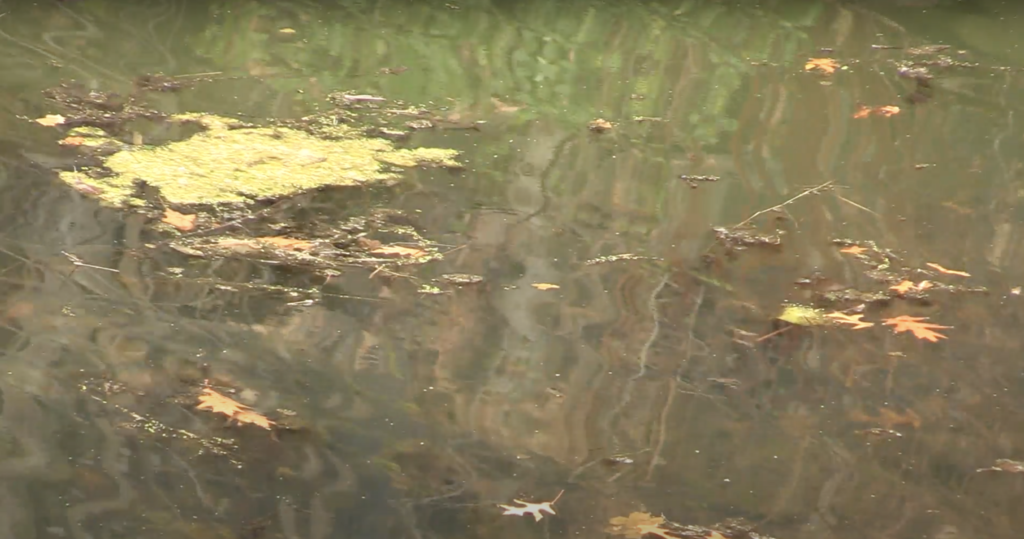
HABs are sometimes referred to as red tides.
“A red tide is formed by dinoflagellates, you can also have a green tide, which is what we see in the western basin of Lake Erie that’s caused by cyanobacteria. Sometimes you’ll see olive green colors, the water, which is what we see in Sandusky Bay, caused by a different type of cyanobacteria. So generally these occur when they’re very thick scums on the surface,” Ortiz said.
One of the ways to fix the problem is to limit the number of nutrients getting into the water. There have been some prevention methods that are put in place to help limit the number of nutrients that are entering the water.
“If you ever see any new construction, what you’ll see is that they put down barriers to prevent sediment and, and potential nutrients from running into the storm drains that are near where they’re doing their construction work. So that’s one way in addition to that, we can try and restore natural wetlands or build artificial wetlands to try and take up nutrients before they get into the water,” Ortiz said.
